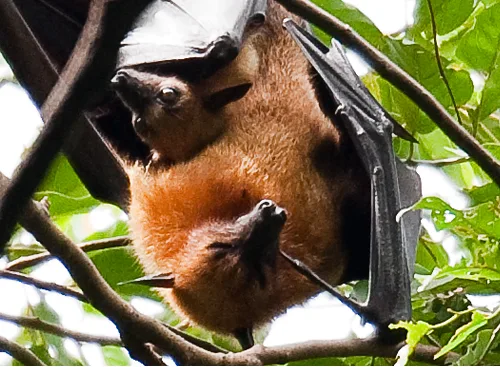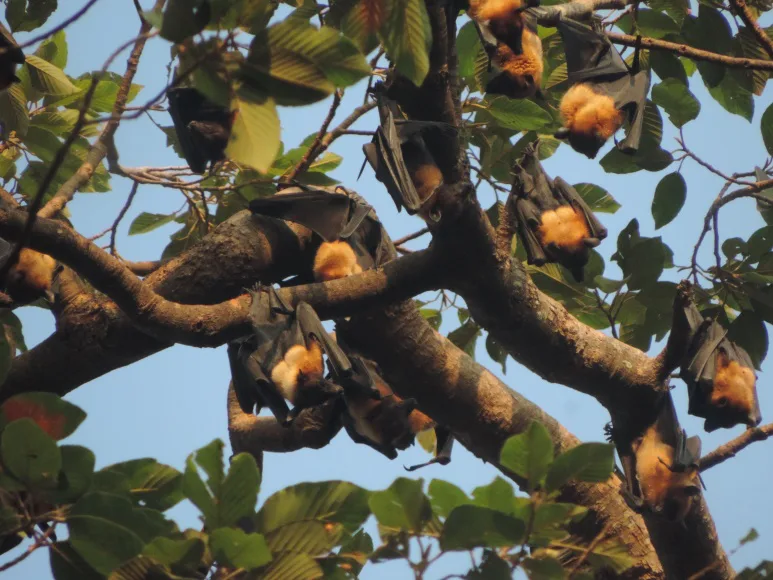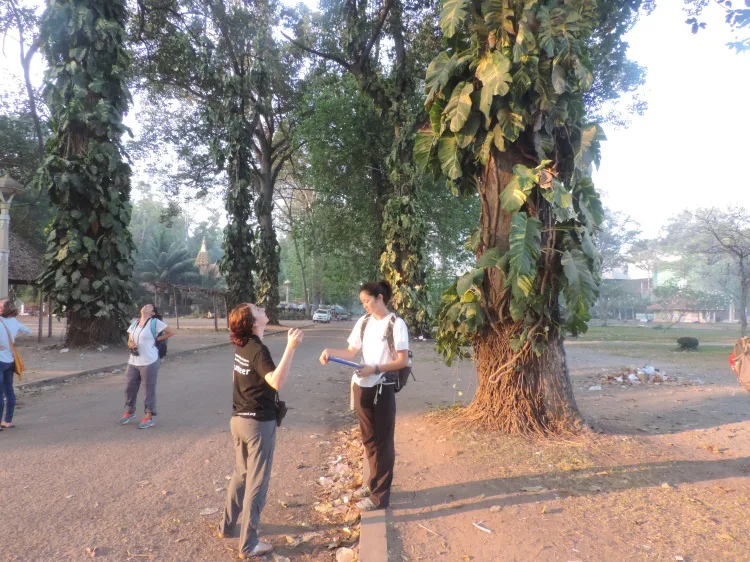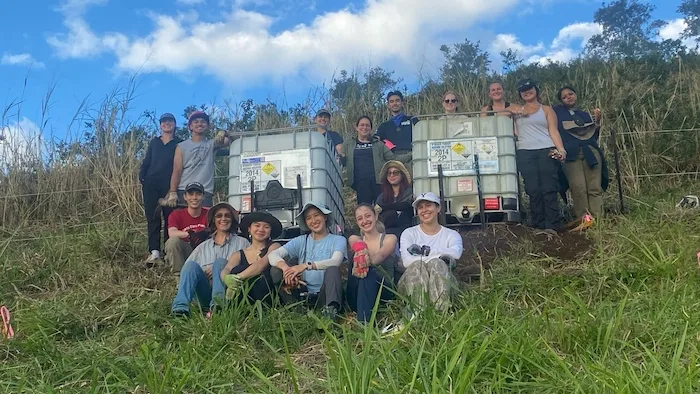Urban Ecology with the Batman!
Each semester as part of the Conservation Science and Practice class I incorporate a component that focuses on the importance of urban ecology and citizen science. Alarming evidence points to the fact that the rate of urbanization in Cambodia is extremely rapid, 8.4 percent annually -arguably the highest in the world1. The rural-urban migration is caused by large chronic poverty in the rural areas. Therefore people leave their villages for the cities in order to find money for coping with their current situation and to improve their family’s future. Many people fled the cities during the Khmer Rouge for safety reasons; now that areas are secured many have moved back to the cities. In 2016, 20.95 percent of Cambodia’s total population lived in urban areas and cities2. Sadly, it is often the case that urbanization causes biodiversity to decline. As cities grow, vital habitat is destroyed or fragmented into patches not big enough to support complex ecological communities. In the city, species may become endangered or even locally extinct as previously natural areas are engulfed by the urban jungle.
As our center is based in the city of Siem Reap, there are numerous opportunities to investigate species or ecological communities in an urban setting. One recent field trip involved a guest lecture and field work with bat specialist Dr. Neil Furey (aka “Batman”) of Flora and Fauna International:
“Of the various animal groups I encountered, bats easily attracted me the most, partly because of their enormous ecological and taxonomic variety, and partly because of their intriguing adaptations to different environments.”
Dr. Furey assisted the students in learning about bat ecology and data collection methodologies for a colony of Lyle’s flying foxes (Pteropus lylei) in the Royal Botanical Gardens of Siem Reap. This involved dusk observations of departure counts and sunrise observations of roost counts. Students were tasked with a field experiment activity comparing the efficiency of the two methodologies, data analysis, and to make suggestions for future improvements for accuracy of data collection.
Plant-visiting bats like the Lyle’s flying fox provide vital ecosystem services for people because they disperse seeds and pollinate flowers, including many Southeast Asian favorites such as durian. Despite these ecological benefits and legal protection (they are listed as Vulnerable under IUCN and CITES Appendix II), hunting of bats for bush meat and traditional medicine is still common in many areas, while destruction of the habitats they depend on increases yearly3. More broadly, lack of reliable data and capacity also hamper conservation efforts, hence the importance of incorporating citizen science into such research in an urban setting and improving accuracy of methodologies.
Lyle’s flying fox is one of 31 species of flying fox in Southeast Asia, and like more than half of these charming creatures, its populations are declining so fast they are at risk of extinction. They are only found in Cambodia; China; Thailand and Vietnam. It is estimated that a decline of over 30% has occurred in a fifteen year time period and this decline is expected to continue due to increasing trade and hunting pressure and ongoing decline in the extent and quality of its habitat3. Many students don’t realize the importance of certain species to ecosystem services, after learning from someone like Dr. Furey, who is so passionate about protecting bats, the students developed a new appreciation for these critters and the importance of research in urban ecology.

Cambodian flying fox with young. Photo courtesy of Gordon Congdon

Roosting flying foxes. Photo courtesy of Angela Hessenius

Students conducting roost counts of flying foxes early in the morning. Photo courtesy of Angela Hessenius
1. Sievleang, L.Y (2015). Urbanization in Cambodia: An Analysis of the Impacts of Rural-Urban Migration in Cambodian Society. Masters thesis. KDI School of Public Policy and Management.
Retrieved from Academia.edu 12/03/2018
2. https://www.statista.com/statistics/455789/urbanization-in-cambodia/. Retrieved on 12/03/2018
3. Ravon, S., Furey, N.M., Hul, V. & Capelle, J. (2014). A rapid assessment of flying fox (Pteropus spp.) colonies in Cambodia. Cambodian Journal of Natural History (1) 14-18.
Related Posts

Restoration on a Cinder Cone: A Syntropic Story

Camila Rojas: Alumni Spotlight⭐
